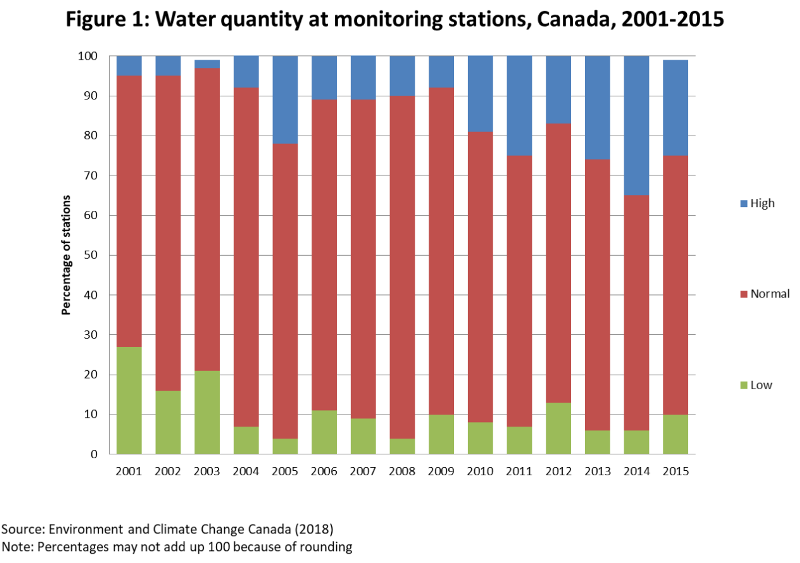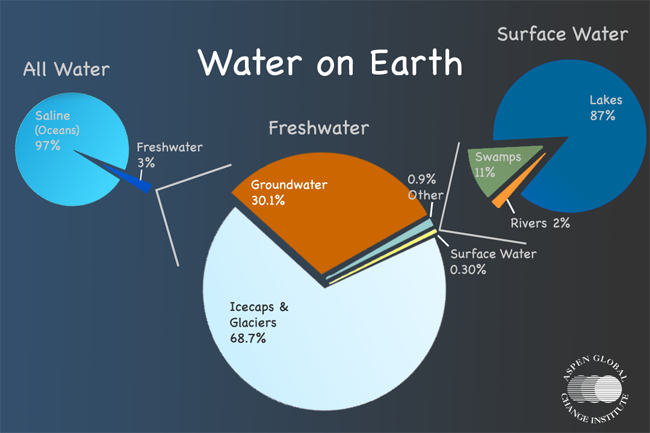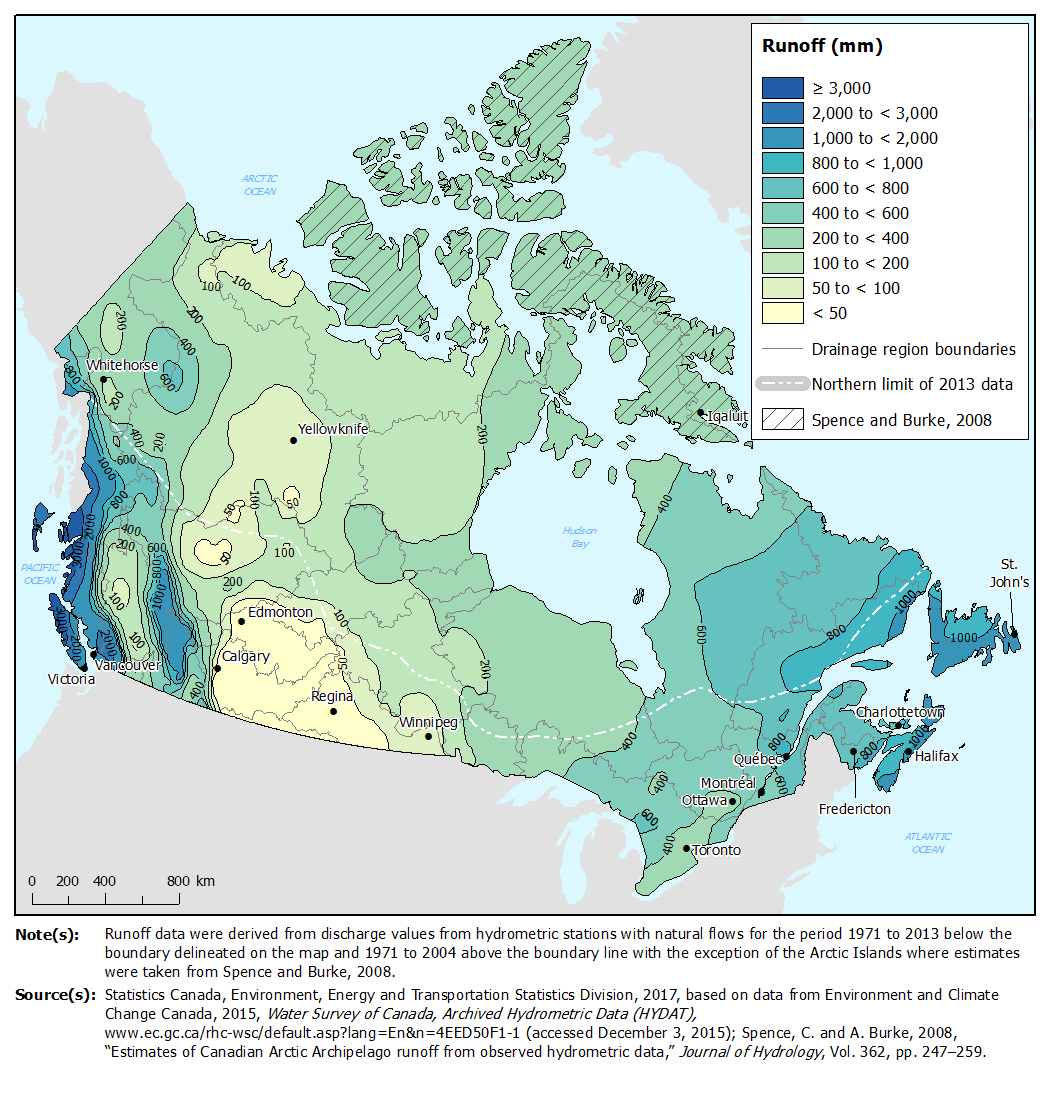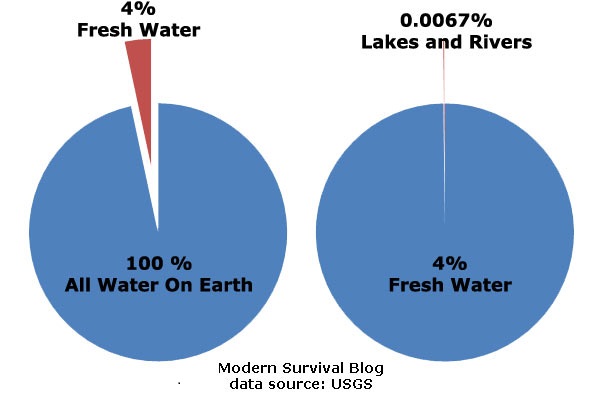دوشنبه ۰۷ تیر ۰۰ | ۱۱:۱۵
۲۴۸ بازديد
how many percent of freshwater resides in glaciers
Hello dear friends, thank you for choosing us. In this post on the solsarin site, we will talk about ” how many percent of freshwater resides in glaciers “.
Stay with us.
Thank you for your choice.

How much of the Earth’s water is stored in glaciers?
About 2.1% of all of Earth’s water is frozen in glaciers.
- 97.2% is in the oceans and inland seas
- 2.1% is in glaciers
- 0.6% is in groundwater and soil moisture
About three-quarters of Earth’s freshwater is stored in glaciers. Therefore, glacier ice is the second largest reservoir of water on Earth and the largest reservoir of freshwater on Earth!
What is the difference between global warming and climate change?
Although people tend to use these terms interchangeably, global warming is just one aspect of climate change. “Global warming” refers to the rise in global temperatures due mainly to the increasing concentrations of greenhouse gases in the atmosphere. “Climate change” refers to the increasing changes in the measures of climate over a long period…
Which mountain in the conterminous U.S. has the most glaciers?
Mount Rainier, Washington, at 14,410 feet (4,393 meters), the highest peak in the Cascade Range, is a dormant volcano whose glacier ice cover exceeds that of any other mountain in the conterminous United States. Mount Rainier has approximately 26 glaciers. It contains more than five times the glacier area of all the other Cascade volcanoes…

How old is glacier ice?
The age of the oldest glacier ice in Antarctica may approach 1,000,000 years old The age of the oldest glacier ice in Greenland is more than 100,000 years old The age of the oldest Alaskan glacier ice ever recovered (from a basin between Mt. Bona and Mt. Churchill) is about 30,000 years old. Glacier flow moves newly formed ice through the entire…
Where are glaciers found in continental North America?
Glaciers exist in both the United States and Canada. Most U.S. glaciers are in Alaska; others can be found in Washington, Oregon, California, Montana, Wyoming, Colorado, and Nevada (Wheeler Peak Glacier in Great Basin National Park). Utah’s Timpanogos Glacier is now a rock glacier (in which the ice is hidden by rocks), and Idaho’s Otto Glacier has…
Where are Earth’s glaciers located?
Glaciers exist on every continent except Australia. Approximate distribution is: 91% in Antarctica 8% in Greenland Less than 0.5% in North America (about 0.1% in Alaska) 0.2% in Asia Less than 0.1% are in South America, Europe, Africa, New Zealand, and Irian Jaya.
How would sea level change if all glaciers melted?
There is still some uncertainty about the full volume of glaciers and ice caps on Earth, but if all of them were to melt, global sea level would rise approximately 70 meters (approximately 230 feet), flooding every coastal city on the planet. Learn more: USGS Water Science School: Glaciers and Icecaps National Snow and Ice Data Center: Facts about…
What are the impacts of glacier loss, other than losing an aesthetic landscape feature?
Glaciers act as reservoirs of water that persist through summer. Continual melt from glaciers contributes water to the ecosystem throughout dry months, creating perennial stream habitat and a water source for plants and animals. The cold runoff from glaciers also affects downstream water temperatures. Many aquatic species in mountainous…
What is a glacier?
A glacier is a large, perennial accumulation of crystalline ice, snow, rock, sediment, and often liquid water that originates on land and moves down slope under the influence of its own weight and gravity. Typically, glaciers exist and may even form in areas where: mean annual temperatures are close to the freezing point winter precipitation…


 ادکلن یارا صورتی لطافه
ادکلن یارا صورتی لطافه الگوریتم پنگوئن گوگل چیست
الگوریتم پنگوئن گوگل چیست بیوگرافی اکسو | گروه پسر کره ای کمپانی اس ام اینترتینمنت
بیوگرافی اکسو | گروه پسر کره ای کمپانی اس ام اینترتینمنت افزونه Wodfence Secuity u2013 Fiewall u0026 Malwae Scan
افزونه Wodfence Secuity u2013 Fiewall u0026 Malwae Scan ابزارهای ایمیل مارکتینگ
ابزارهای ایمیل مارکتینگ متن حدیث کسا بدون ترجمه
متن حدیث کسا بدون ترجمه خواص دنبلان گوسفندي براي بارداری
خواص دنبلان گوسفندي براي بارداری